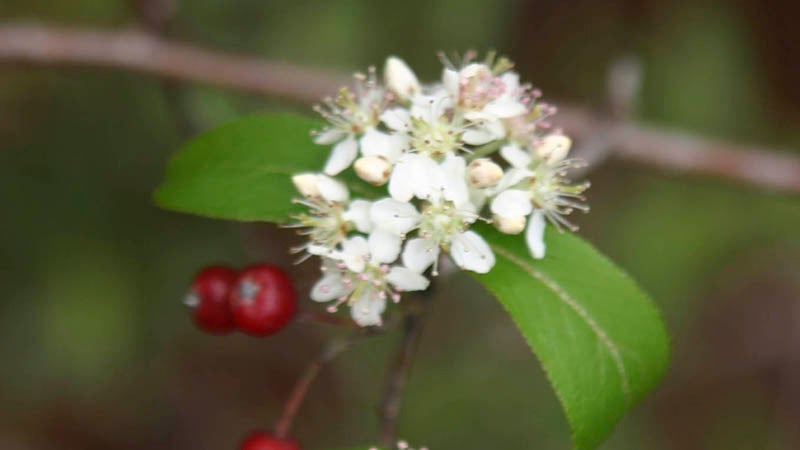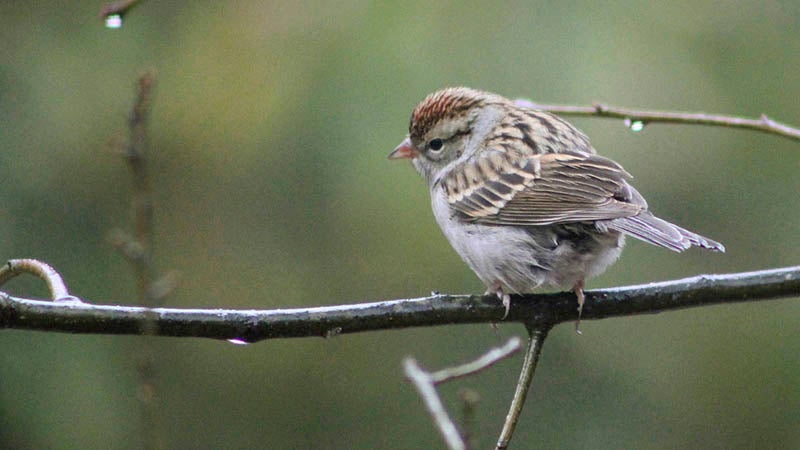Native plants for your winter birds
Published 7:00 am Wednesday, January 20, 2021
By Pat Drackett
Crosby Arboretum Director
I know there are many of you who read this column who thoroughly enjoy the activity of providing supplemental food for our local birds and other wildlife. Although in coastal Mississippi we certainly don’t feel the extremes of winter like those living further north, it’s reassuring to many of us to supply birds an easy source of food that can provide additional energy that keeps them warm and well-nourished. Resources can be scarce during the winter months.
Just today, on an interstate drive, I experienced a flash of stunning red as I passed a heavily berried deciduous holly. Without its leaves, possum haw holly (Ilex decidua) certainly provides “winter interest” in the landscape, as well as beckoning to passing birds to make a feast among its branches. Now that many of our shrubs and trees lack a thick screen of leaves, it is much more difficult for birds to hide!
Personally, I believe that sitting at the window on a cold winter morning watching the birds visiting a backyard feeder is incredibly entertaining. The variety can be quite incredible! Why not make a New Year’s resolution in 2021 to plant a few native shrubs and trees that will feed your birds during the winter months?
Many of the plants with a high value to wildlife are common species that you might just call “thicket plants.” You might not look twice at these plants, as they aren’t the showiest ones in the landscape, but they bear fruit that is appreciated by local wildlife. Thickets also offer cover and protection to birds and places to raise their young.
As a young estate gardener, I once viewed Smilax vine, known as “greenbriar” or “catbriar,” as an obnoxious vine that needed immediate eradication in the garden. But I’ve since learned that while it might not be welcomed in a traditional garden, it has a place in nature. Now, I can appreciate this thorny mass that scrambles up into the treetops because I know that it provides a safe harbor for nesting birds, giving protection from predators as well as a ready food source.
Although native hollies such as inkberry, yaupon and American holly may come to mind when you think of plants with food for winter wildlife, there are many other plants with persistent fruit providing winter food sources, such as sumac, viburnum, magnolias, American beautyberry, chokeberry, and Virginia creeper. Nuts are eaten by larger birds, and seeds from many herbaceous and woody plants are also consumed.
Sugarberry, also called hackberry (Celtis laevigata), is a tree in the elm family. It is a tough native tree often planted in urban situations and makes a good addition to the wildlife garden. The tree is favored by flickers, robins, waxwings, hermit thrush, bluebirds and mockingbirds.
Another recommendation for winter birds is the Eastern red cedar (Juniperus virginiana). This dense conifer prefers alkaline soils and full sun. It is a great tree for windbreaks or a screen along a property line. The berry-like cones on the female trees make it a phenomenal bird plant preferred by many species of songbirds, including yellow-rumped warblers. Sparrows in particular love to scratch around beneath the trees.
Visit the Mississippi State University Extension website (http://extension.msstate.edu/) to read more about how to attract birds and other wildlife to your yard, such as “Establishing a Backyard Wildlife Habitat” (Publication No. 2402), or “Attracting Birds to Mississippi Gardens.” These resources contain extensive lists of plants with high wildlife value, making them a valuable reference to consult for which plants to include in your garden to bring in more birds.
On Thursdays and Fridays in January and February, you will have an opportunity to observe a prescribed fire in our Savanna exhibit, if weather conditions are favorable. Call the Arboretum office around 9:00 a.m. to inquire about whether a burn will be proceeding that day.
Mark your calendar for the Arboretum’s Forge Day on Saturday, January 30 from 10:00 a.m. to 2:00 p.m. You’ll enjoy this annual event featuring blacksmithing and metalworking demonstrations. The cost is $5 for adults and $2 for children. This year, pre-registration will be required. Call 601-799-2311 to place your name on the list.
See www.crosbyarboretum.msstate.edu or visit the Crosby Arboretum Facebook page for more information on our programs and activities.
The Crosby Arboretum is located at 370 Ridge Road in Picayune, at I-59 Exit 4, and is open Wednesday through Sunday from 9:00 to 4:30. For information on our site, please see www.crosbyarboretum.edu. Leashed pets are always welcome.









